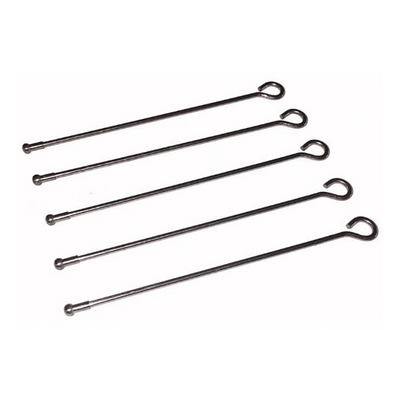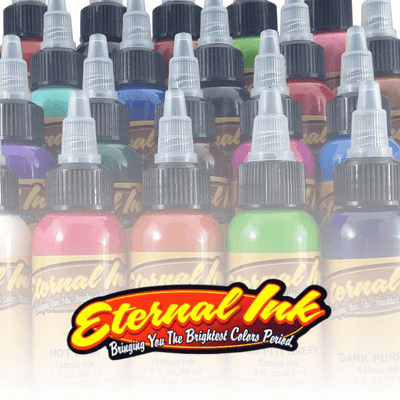The art of tattooing has come a long way from its traditional roots, evolving into a dynamic form of personal expression embraced by diverse cultures worldwide. Today, the tattoo industry stands at the cusp of a technological revolution, with emerging trends and advancements promising to redefine the tattooing experience.
In this article, we explore the exciting future of tattooing, highlighting key technologies and trends shaping this ancient yet ever-evolving art form.

Emerging technologies and innovations in tattooing
Digital design and customisation
- Augmented Reality (AR) previews: Enables clients to visualise designs on their skin in real time.
- Virtual reality studio environments: Allows clients to explore tattoo placement and scale before committing.
- AI-driven design tools: Create personalised designs based on individual stories and style preferences.
- Full-body 3D scanning: Lets artists accurately preview tattoos from all angles on the client’s exact body form.
Advancements in tattoo machines
Modern tattoo machines continue to evolve for better precision, comfort, and performance.
- Precision robotics: Robotic-assisted tattooing may reduce human error.
- Rotary machines: Quieter, lighter machines offering smoother handling. Explore our range of rotary tattoo machines.
- Wireless operation: Increases mobility and ease of movement during sessions.
- Adjustable stroke and give: Enables fine control for lining, shading, and colour packing.
- Digital control displays: Provide live feedback on speed, voltage, and performance.
Tattoo ink innovations
- Biocompatible and hypoallergenic inks: Reduce irritation and reaction risks.
- Long-lasting temporary inks: Offer non-permanent tattoo alternatives.
- Vegan tattoo inks: Free from animal-derived ingredients. Shop vegan tattoo inks.
- UV and glow inks: Invisible in daylight, glowing under ultraviolet light.
Health and safety technologies
- Smart needles: Monitor depth and pressure for consistent results.
- Advanced sterilisation systems: Ensure high hygiene standards.
- Medical monitoring inks: Research continues into inks that detect health changes.
- Single-use disposable supplies: Reduce cross-contamination risks.
- Specialist healing and aftercare products: Support safe healing and colour retention.

Tattoo trends in the future
- Eco-friendly and sustainable studios using biodegradable and vegan materials.
- Smart tattoos that monitor health or interact with devices.
- AI-personalised tattoo design services based on identity, history, or preferences.
- Long-lasting temporary tattoos for non-permanent body art.
- Revival of cultural and heritage-inspired tattooing.
- 3D and optical illusion tattooing for depth and dimension.
- Therapeutic tattoo experiences, incorporating mindfulness and healing practices.
Are tattoos still popular in 2024?
Tattoos remain widely popular, supported by social acceptance, evolving artistic techniques, and cultural appreciation for personal expression. The industry continues to adapt and grow, attracting both seasoned collectors and first-time clients alike.

Conclusion
The future of tattooing is a compelling blend of technological innovation and artistic evolution. These advancements offer more personalised, sustainable, and creative possibilities while honouring the long-standing cultural significance of tattooing.




























































 Studio supplies
Studio supplies












 Power & batteries
Power & batteries







 Aftercare
Aftercare



















 Apprentice
Apprentice


 Piercing & jewellery
Piercing & jewellery







 PMU supplies
PMU supplies



 New arrivals
New arrivals
 Gift vouchers
Gift vouchers
 Shop all
Shop all










































